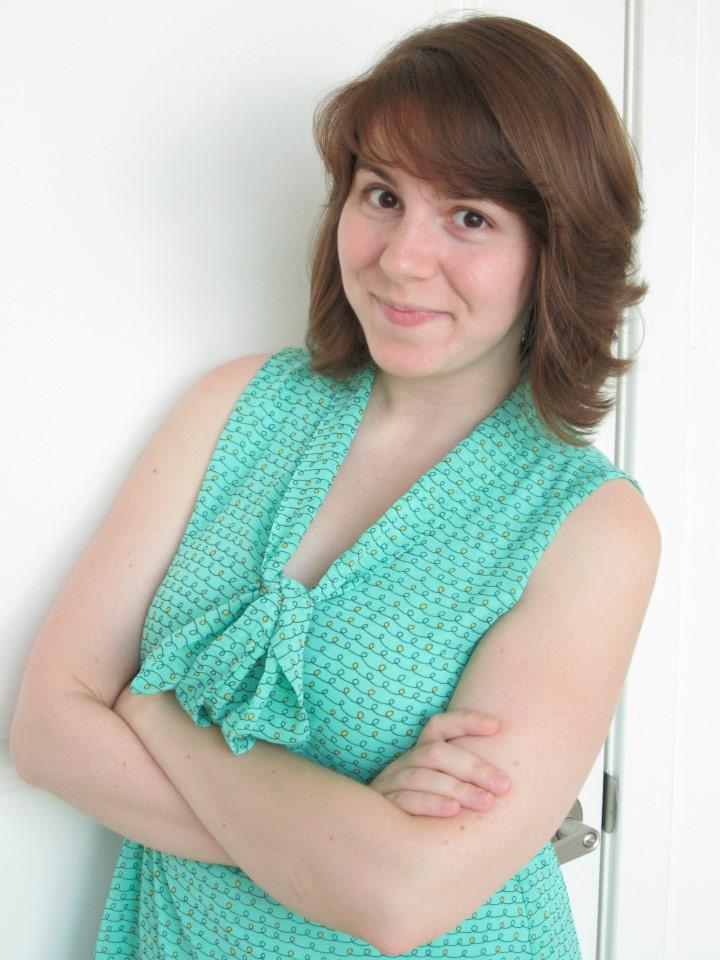
Melanie Harker
I am an arts explorer. Investigating ideas, pursuing new bits of information, engaging in conversation, or listening to the buzz around me; I thrive on discovering new perspectives and navigating new concepts. Through much personal exploration, I have realized what I loved most about the theater was not performance (I hold a degree in Acting) but instead the art/artist/audience community that surrounds all art in general. As a twenty-something arts professional, I have decided to dedicate myself to the pursuit of all ideas encompassing this fascinating intersection.
A couple of weeks ago I saw this New York Times (NYT) op-ed, “High Culture Goes Hands-On” by Judith Dobryanzki. In it, Dobryanzki makes the case that museums are trying too hard to create space for “visitor engagement” which augments (even tarnishes) the purpose and reputation of museums; “It changes who will go [to museums] and for what.” She even adds in a follow-up article on her personal blog that, “Art museums are… luring visitors by giving them participatory art experiences rather simply providing them with the opportunity to experience viewing glorious works of art.” While this piece references the museum world, I would like to challenge this community of arts marketers to think about its broader impact and how its claims can map directly to all arts audiences.
Linda Essig responds to Dobryanzki’s point of changing “who will go and for what” on her Creative Infrastructure blog. She writes, “That, it seems to me, is a good thing. Arts organizations have for years been decrying their declining and graying membership and subscription bases. If visitors change and visitors change their expectations, perhaps the sound of membership rosters circling the drain will not be so loud.”
Deborah Markow, in contrast to Essig, responds with a letter to the NYT editor agreeing with Dobryanzki, and makes the case that creating visitor engagement opportunities (like meeting the artist or interactive art installations) is not the way to help the public “appreciate and feel at ease in the presence of the great art of the past.”
As I read about all of these heated and contrasting ideas, I saw that words such as “activation,” “engagement,” and “participation” were being dropped into a bucket of full of buzzwords. Over the past two years of working for various Washington, DC theaters who are all energized by the support of their community*, I have come to know these words beyond their empty buzzword-y shells.
Read More


 Jessyca Holland
Jessyca Holland


 Brianne Logan
Brianne Logan










